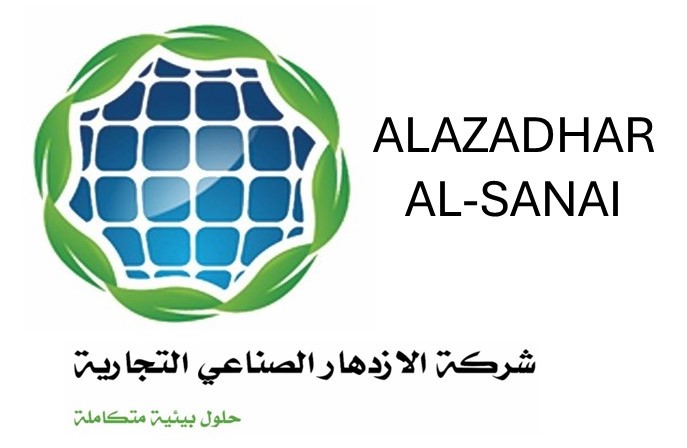Flare stacks are used in many industries to burn off unwanted waste gas byproducts, or flammable gasses released by pressure relief valves during unplanned over‐pressuring of plant equipment.
Flare systems are often a last line of defense that prevents dangerous hydrocarbon pollutants from entering the atmosphere. One example is methane, which is not only combustible, but is also 23 times more potent than CO2 as a greenhouse gas.
Thermal imaging cameras are an ideal monitoring tool, since they allow automated remote monitoring on a 24/7 basis in virtually any weather.

Thermal imaging cameras benefits:
- Verify combustion, minimize unburned pollutants
- Instantly report loss of combustion with visual and audible alarms
- Provide remote visual monitoring with a TV or PC display
- Provide a quantitative temperature readout
- Can notify plant management via email and intranet connections
- Can be connected to a central control room via Ethernet
- Work day and night, seven days a week and in any weather
Thermal imaging cameras offer a solution:
Thermal imaging cameras recognize the difference in the heat signature of a flare stack flame and the surrounding background (usually, the sky or clouds). In addition to detecting stack flame, these cameras can be positioned to monitor the igniter flame. Typically, cameras are mounted on a pedestal or other rigid structure in moisture resistant housings to protect them from harsh weather conditions.
The camera’s spectral response and calibration allows it to see through moisture in the air to obtain a good image and relative temperature reading of the flare stack or pilot flame. The images obtained with thermal imaging cameras even allow an observer to detect stack flame that might not be visible to the naked eye because of its composition or low gas flow volume. This overcomes problems associated with UV flame detectors, which can be blinded by smoke. Thermal and visual images can be transmitted in real time to a central control room as either analog or digitized data.
 English
English